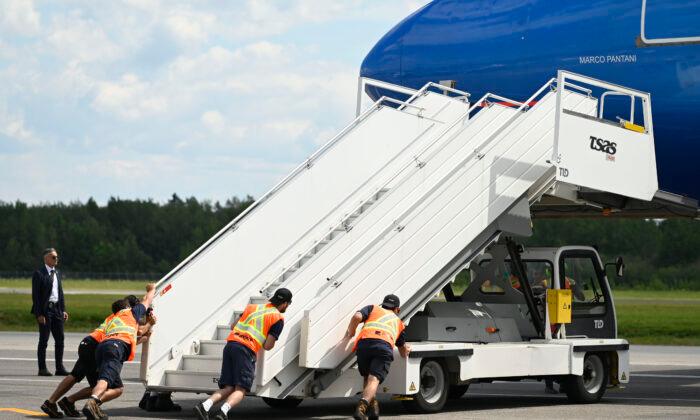After years of review, Canada’s labour department says it will stop federally regulated companies from having employees under the age of 18 do any work “likely to be injurious to their health or to endanger their safety.”
The rules will become effective June 12 and apply to employers such as airports, interprovincial trucking companies, and First Nations businesses, according to a Regulatory Impact Analysis Statement issued by the department March 29 and reviewed by Blacklock’s Reporter.
“Young workers in the federal jurisdiction will face less hazardous work,” the statement said. ”The government will also be heeding the call of stakeholders who have argued young workers need adequate labour protection because they may be more likely to undertake unsafe work practices, accept lower pay and are often less aware of their workplace rights.”
From 2010 to 2020, 67 workplace injuries involved minors, according to Federal Jurisdiction Workplace Survey data reviewed by Blacklock’s.
The federally regulated business sector has about 1,400 employees under 18 years of age. About 13 percent of them work for small businesses.
Employers are prohibited from hiring minors for a “hazardous occupation” or any job likely to impact their health and safety, including night-shift work.
The benefits of the regulation, the analysis statement says, include not only lowered risk for accidents involving minors, but also conformity with international obligations. In 2016, Canada ratified the international Minimum Age Convention of 1973. This regulation would meet the standards of that convention.





